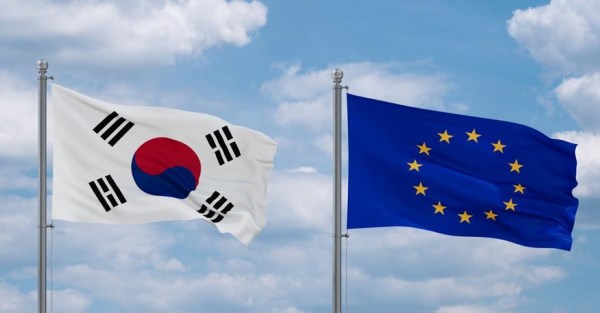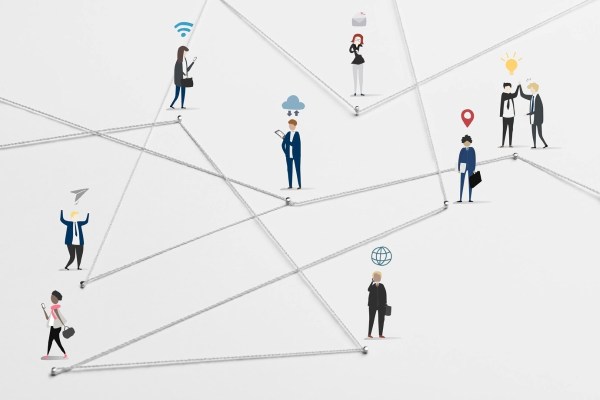Since 2012 the ITU is aiming to empower consumers and to promote regulatory measures and solutions based on the international mobile roaming market[1]. With a large consensus among member states and sector members this international organization highlighted the need to boost competition in roaming, and also evokes the use of price or tariff ceilings by regulators.
However, to date the goal of reducing roaming charges[2] has not been reached and therefore a group of countries, mostly Africans but also Arabs and from Latin America, have proposed to elaborate a new Recommendation on roaming[3]. The defenders of the review of International Mobile Roaming (IMR) rates consider that member states have a more active role establishing competitive roaming rates to drive end user consumer benefit especially affordability, availability and more services while introducing regulatory interventions on international mobile roaming service tariffs for the benefit of consumer and end-users.
All in all, the new Recommendation draws a possible approach to reducing excessive roaming tariffs, to the benefit of consumers, industry and the economy as a whole.
In the first draft it is said that the regulation of retail price caps or wholesale charges of International Mobile Roaming should follow at least benchmarking, retail minus and cost oriented principles.
GSMA is very active in this discussion. They are of the opinion that a new Recommendation is not necessary at this stage because the previous Recommendations is still effective and continues to make robust progress to deliver increased retail price transparency and competitive roaming prices as a result of market developments and bi-lateral or regional agreements – to the benefit of consumer end users.
However, GSMA participates with inputs in an effort to help inform the discussion and the work of the rapporteur group responsible to elaborate it and propose to include a statement with the costs directly associated with providing roaming services:
– Reaching and maintaining bilateral roaming agreements
– Roaming specific communications and marketing costs
– Implementation of technical infrastructure, testing and updating
– Payments to roaming clearing houses
– Payments to signaling link providers
-Increased signaling traffic on own network for location updates, i.e. authentication, authorization and accounting.
Additionally, GSMA is convinced that innovative commercial developments such as “Roam Like at Home” plans and the elimination of roaming charges when travelling to a neighboring country or within a region, in response to market forces, are becoming more prevalent practices. Enabling mobile operators the flexibility to introduce these new competitive offerings also plays a role in reducing retail roaming rates.
There are other stakeholders involved in this discussion, mainly operators that think that the life of these Recommendations on roaming costs and prices will be short. They believe that the dynamics of market and technology will end up relegating its application due to the progress of technology neutrality and the globalization of communications.
In February 2016 the new Recommendation should be approved by the Plenary of SG3. The way through will be not free of obstacles and the Rapporteur Group responsible of its elaboration, has a hard work building consensus among the different players.
[1] The Recommendation ITU-T D.98 “Charging in international mobile roaming service” was an historic agreement concluded between Member States and Sector Members in 2012
[2] This is the ultimate goal of that Recommendation D.98.
[3] They have asked the ITU-T Study Group 3 (SG3) on “Economic and policy issues” to elaborate a new recommendation “Recommendation on methodological principles for determining international mobile roaming rates”.















